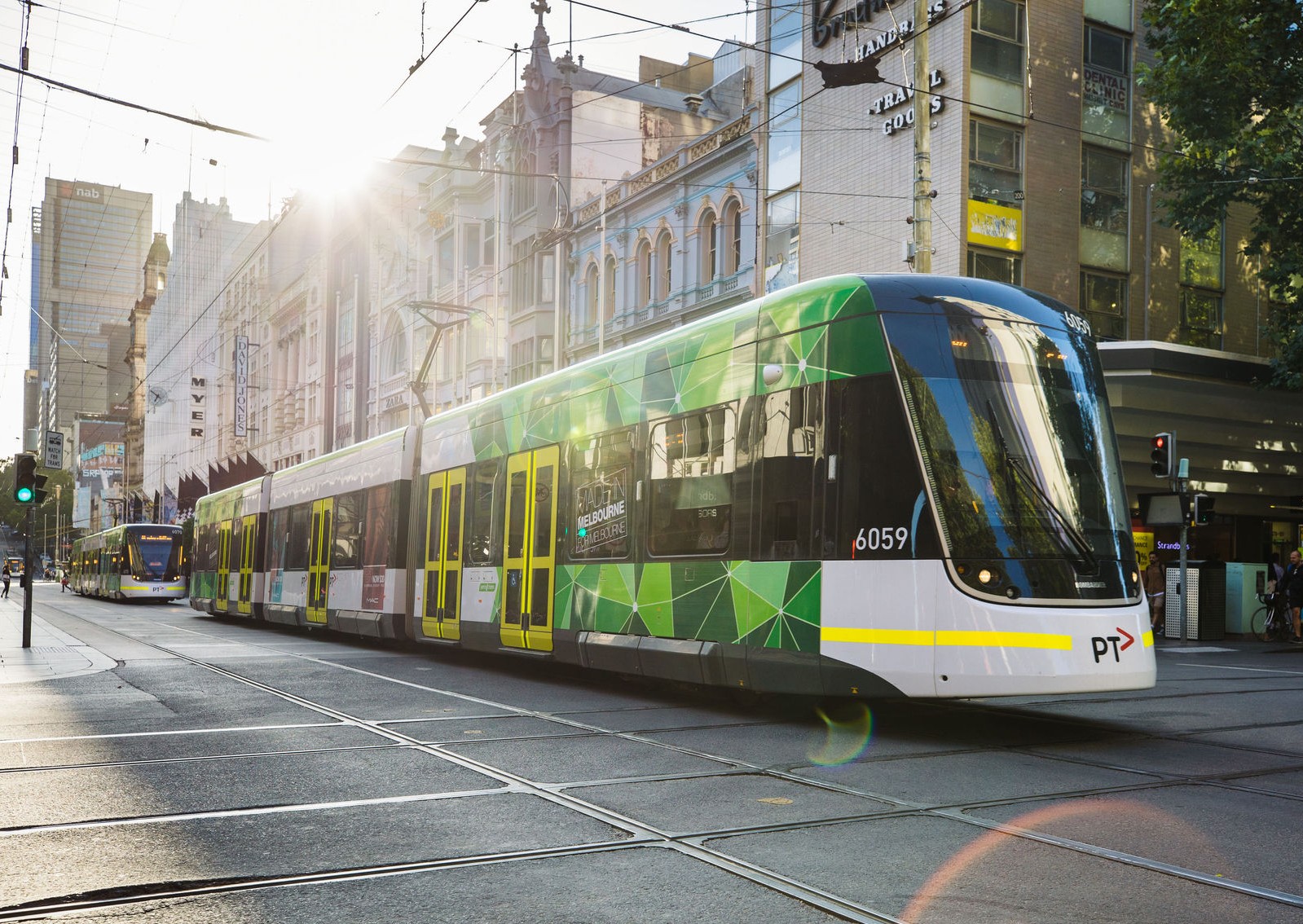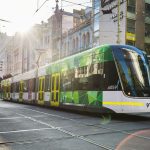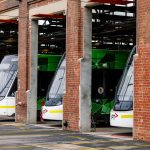 The Government of the State of Victoria has launched the Melbourne Tram Plan, with an investment of AUD 3.8 billion (USD 2.4 billion) to be used for new trams, accessible stops, and better transport services across the city.
The Government of the State of Victoria has launched the Melbourne Tram Plan, with an investment of AUD 3.8 billion (USD 2.4 billion) to be used for new trams, accessible stops, and better transport services across the city.
Tram stop upgrades will be carried out along Footscra – Maribyrnong, Thornbury – Northcote and Fitzroy – Collingwood corridors which will be operated by the next generation of low-floor trams. These three corridors are situated in the central part of Melbourne and give passengers access to the new Footscray Hospital, Victoria University, Northcote Plaza, Australian Catholic University, schools, and busy cafes bars and restaurants.
The strategy includes projects to make stations more accessible and efficient and provides measures to deliver increased frequency, capacity and reliability, while cutting travel times across the network.
“This plan sets out our vision for a modern tram network and we want to hear from people who travel along these critical tram corridors, to help us plan for improvements that will make the biggest difference to you,” the Minister for Public Transport Ben Carroll said.
The tram strategy builds on a track record of investment and sets out authorities’ projects and measures to create a more accessible and interconnected network which will support high frequency services on the main important corridors providing passengers a turn up and go service.
This strategy includes actions to improve and expand the access to tramway system and along with the Victoria’s Bus Plan, it provides communities, industry and government the blueprint for the future of the transport network.
The authorities now invite the community until 15 October to help shaping tram stop upgrades in city’s north and west as part of improvements to make sure tram travel is accessible for everyone across the network.
Since 2014, the government has delivered 83 level access tram stops with a further 12 in progress along Latrobe Street that are due to be completed in 2024 thanks to an investment of AUD 68 million (USD 44 million) provided under the Victorian budget 2022/2023.
In the last budget, the government invested more than AUD 60 million (USD 39 million) for infrastructure projects to enable the first 10 next generation trams to start rolling out on to the network including safety and minor accessibility improvements and a new terminus along routes 57, 59 and 82 in Melbourne’s west.
In addition, the government committed a AUD 1.85 billion (USD 1.2 billion) investment for the acquisition of 100 light rail vehicles and the construction of a new tram maintenance facility in Maidstone, 10 km north-west of city centre. The facility will be able to accommodate up to 60 next generation trams and is expected to be inaugurated in 2026. In June, a consortium led by John Holland Group won the contract to build the tram maintenance and stabling facility. In 2022, Alstom won a EUR 700 million contract for the supply of 100 Flexity 2 light rail vehicles for Melbourne’s network. They will replace the existing high-floor trams providing modern, inclusive, safe and reliable transport services. The new fleet will further support the increase in network capacity requirements to meet the projected population growth.
The Melbourne Tram Plan is developed considering the government’s Big Build programme which invests AUD 90 billion (USD 58 billion) through 165 major road and rail projects across the state.
Melbourne’s 250 km double track tram system is the largest operational network in the world operated by 520 vehicles. The system served by 1,700 tram stops, including 450 accessible stops, ensures more than 200 million trips per year.
According to official forecasts, the population of Melbourne, particularly in the inner area will grow strongly in the next decades putting pressure on the transport system. Concerning the tramway services, the demand will increase and with a forecast of doubling daily tram trips by 2046. Thus, creating additional capacity, expanding the network and modernising Melbourne tram infrastructure and stops, along with the services, are the best options to deliver a strong network that will meet future demand.
Share on:






